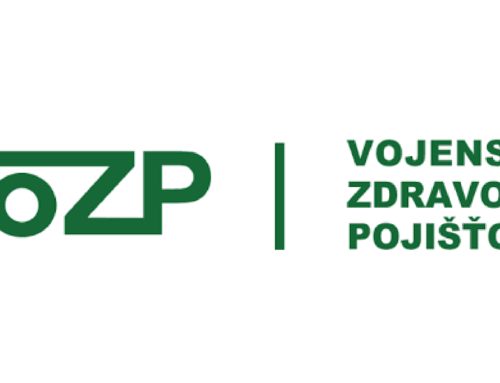
GE Aviation Czech designs, develops, manufactures and services turboprop engines GE series H. Those turbo propeller aerial engines are used for transport, agricultural, training and other aviation aircraft. The engines are so durable and low-maintenance that they can power aircrat even in extreme conditions. The state-of-the-art methods and technology are used during production. GE Aviation Czech is a part of the GE Aviation company, which is the biggest producer of aerial engines in the world.
CHALLANGES WE FACED
For the needs of top management and leaders of particular business areas there was a need in GE Aviation to create unified, well-arranged reporting solution. This should bring to the end users the possibility to work with up-to-date, comprehensive, and accurate information.
Users requested an overall overview about the company performance as well as detailed information about e.g. the level of production transactions with the possibility to easily discover the discrepancies and solve the problems.




SOLUTIONS WE PROVIDED
After the analysis of the customer’s business requirements, we have suggested and created a solution called Digital cockpit, which helped us to obtain data from more modules of the source system eBS and others sources. We have processed the data within the data warehouse and displayed it to the customer in a way to monitor key indicators in one place.
With the help of the Oracle technology (mainly by using Oracle BI Enterprise Edition) we have created a complex and well-arranged reporting solution. Thanks to the accurate and timely information provided we have significantly supported the decision making process. As our experienced Business and Data consultants were intensively involved in the project we have successfully deployed the solution in requested timeframe.
BENEFITS AND ADDED VALUE
The production process has become more efficient with help of the Digital cockpit:
- Comprehensive and well-arranged reporting with the possibility drill down on detail and find out the cause of the problem.
- Reduction of scrap rates.
- Streamlining the receipt of material (reduction of the length of time the material stays on loading ramp).
- Inventory reduction.
- Streamlining production capacity (reducing downtime, maximizing machine capacity utilization, increasing human labour productivity).
- Employee performance tracking (human resources efficiency production in production).
- Supplier Rating.
- Quality Evaluation.
- Realtime monitoring of production, trade, planning.





